What’s Eating You? is a weekly advice column where I answer all of your burning cooking questions. Today we are tackling how to not burn garlic when frying or sauteing it!


The most common way of taking the skins off garlic is to use the back of your knife to flatten the clove. This is efficient (and kind of empowering), but it also crushes the garlic and releases some of its sugary juices. We don’t think of garlic as being sweet, but it has a lot of naturally occurring sugars. Notice how your hands are sticky after handing this crushed clove?
Any garlic that has been bruised like this, or is subsequently pulverized even more by rough chopping, is a prime candidate for burning. It’s all thanks to exposing these natural sugars. There’s nothing wrong with prepping your cloves in this manner. But if you do, you need to make sure that you add the garlic further into the cooking process – usually after you’ve sautéed other aromatics like onions and carrots. The onions etc. will release some of their own liquids as they sauté and create a less harsh pan environment for the garlic when it comes time to introduce it. You should only sauté the garlic for a minute or so – until fragrant. Then continue by adding more liquids to the pan, or other vegetables that will release some.
If you are introducing the garlic to a pan with hot oil alone, make sure to use perfectly sliced, diced, or whole garlic. Start by thinly slicing the ends off the cloves with a paring knife. Then cut the clove in half and remove the skins. You can thinly slice the cloves from there, or dice it much like you would an onion by making horizontal and vertical slits in the clove.
When you’re frying garlic in hot oil, you want to keep the flame on medium. Watch the pan and once the garlic starts to turn golden, turn the heat down to low or remove the pan from the stove entirely before proceeding with the next step in the recipe. Often if you’re using a heavy skillet on a cast iron cooktop, the heat will be retained long after you’ve turned off the flame. This is why sometimes it’s necessary to move the pan to a heat-free back burner if things are moving too quickly.
It can go from golden to burned in a flash, so you’ll need to control the heat and also be ready with whatever the next ingredient is you’re adding. You can always turn the heat back up once the garlic is safe from the hot oil.
An easy way to impart great garlic flavor and avoid burning it is to use whole peeled garlic cloves. Brown them in hot oil, then remove them from the pan. This also makes a dish low FODMAP, for those following that diet. You can continue with the recipe and then add the cloves back in when you’re simmering your sauce.
Lastly, don’t use a garlic press to prep your cloves unless you’re using it raw. This purposefully pulverizes the clove and leaves it pulpy and juicy – i.e. very likely to burn if frying in hot oil. There’s a better way to use that garlic, like in this salad.
The most important thing is to pay attention, and don’t be intimidated! Let me know how it goes.
With health and hedonism,
Phoebe
EASY RECIPES FOR NOT BURNING YOUR GARLIC
Creamy Parsnip Soup with Garlic Oil
Quinoa Chorizo Pilaf with Peppers and Kidney Beans
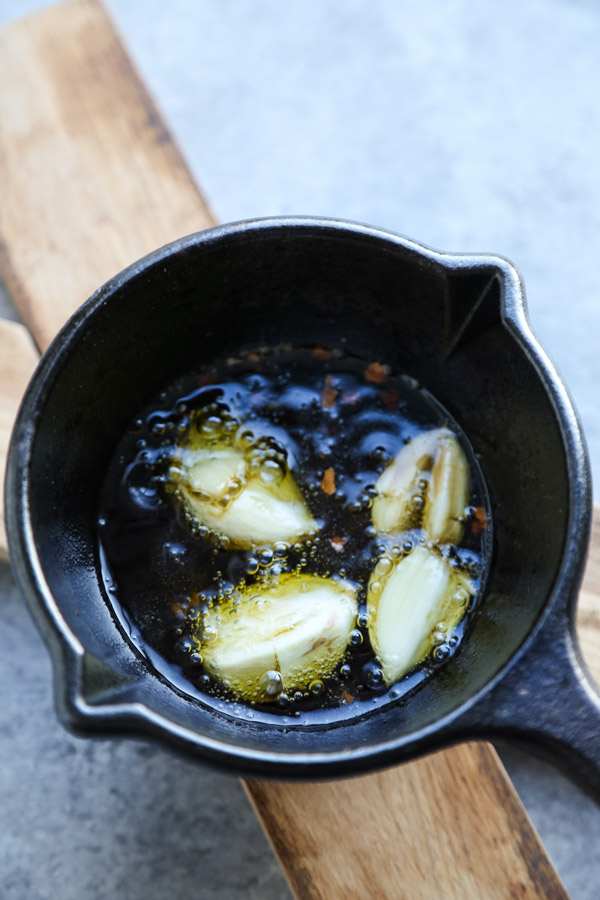

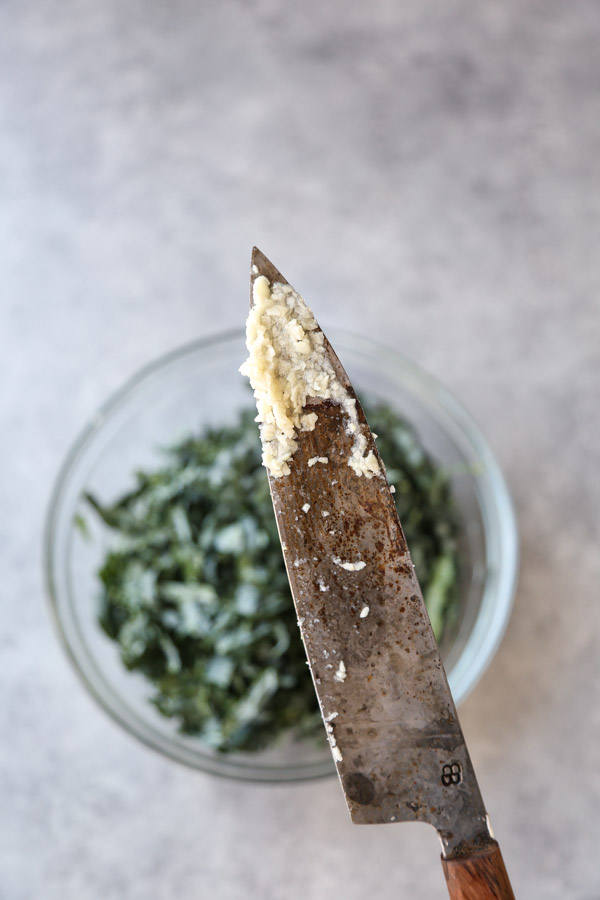
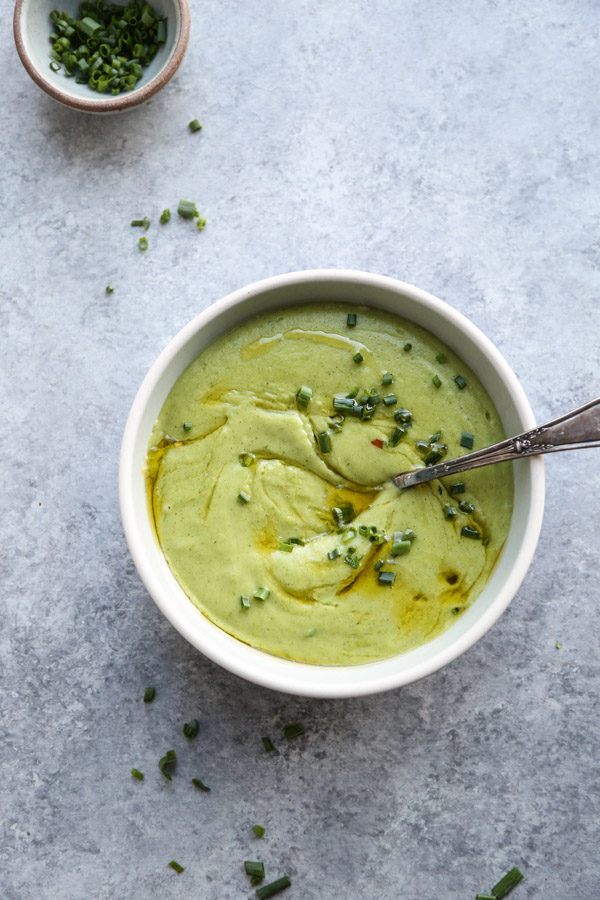

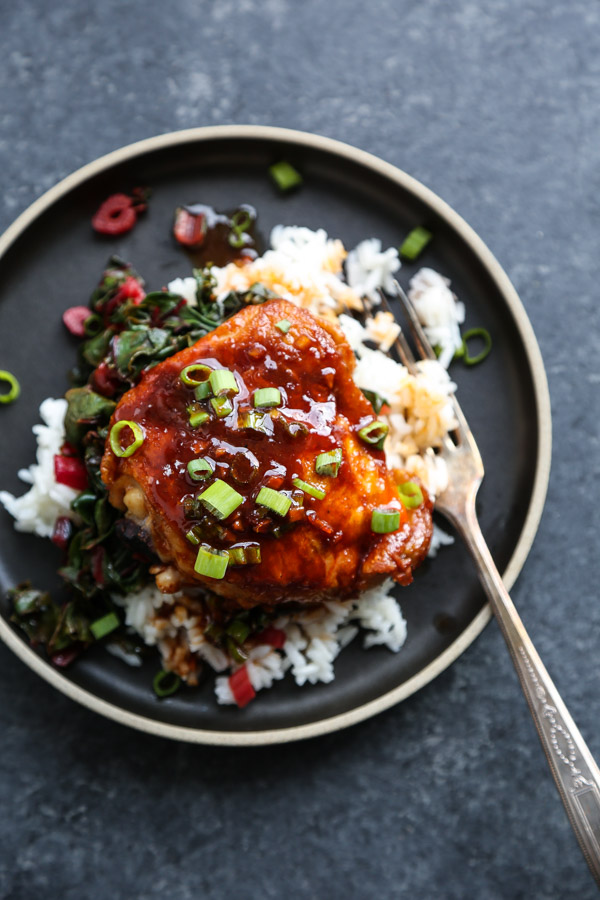
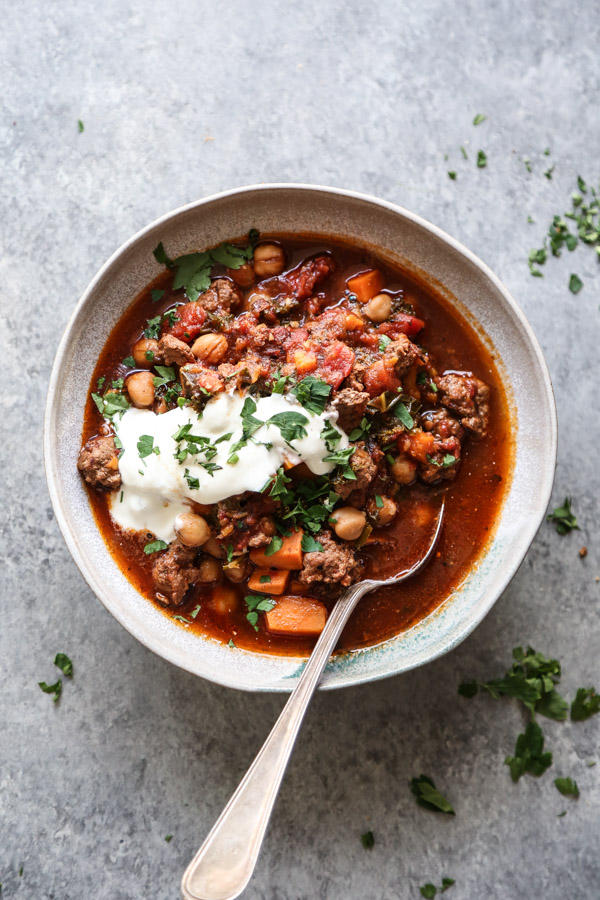
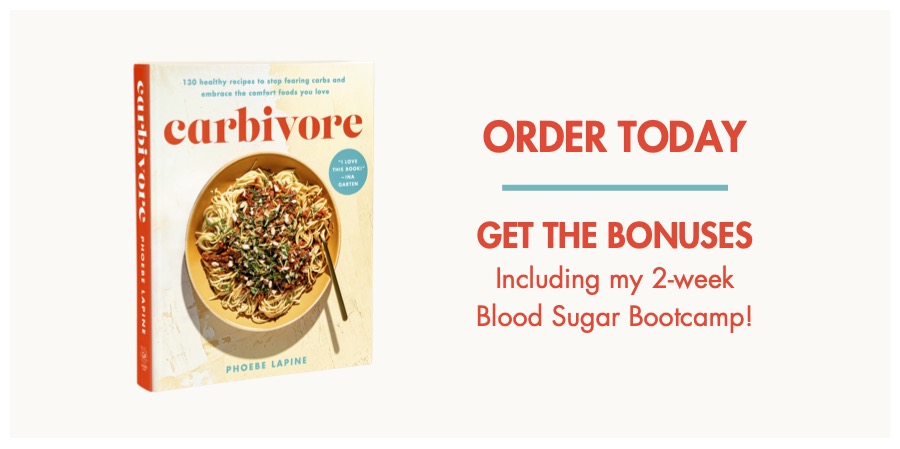
I have this same problem, Steph! I wimp out and put my cloves through a press and then add them way later. I prefer the flavor, actually. But now that I have these tips I’ll give it another try. Thanks, Phoebe!
Thank you for letting me know I’m not alone on this one, Frankie!
Thank you, Phoebe, for that deliciously comprehensive answer to my embarrassing cooking question! I am ready to get back on the golden garlic horse, paring knife in hand, and I will definitely let you know how it goes!
I have the same problem when adding garlic to roasting vegetables. Any tips?
I would recommend stirring it in during the last 10 minutes of the roasting process, especially if you’re roasting a veg that takes a while (20+ minutes) to caramelize. Hope this helps!
Would adding the garlic later in the cooking process rather than in the beginning compromise the garlic flavor or would it be the same ? I’m wondering if adding it later will still slow the flavors to come out and if that’s enough time
yes, after an onion or other aromatic is fine! I don’t like adding it once there is liquid in the pan as the garlic doesn’t get a toasting to unlock its flavor.